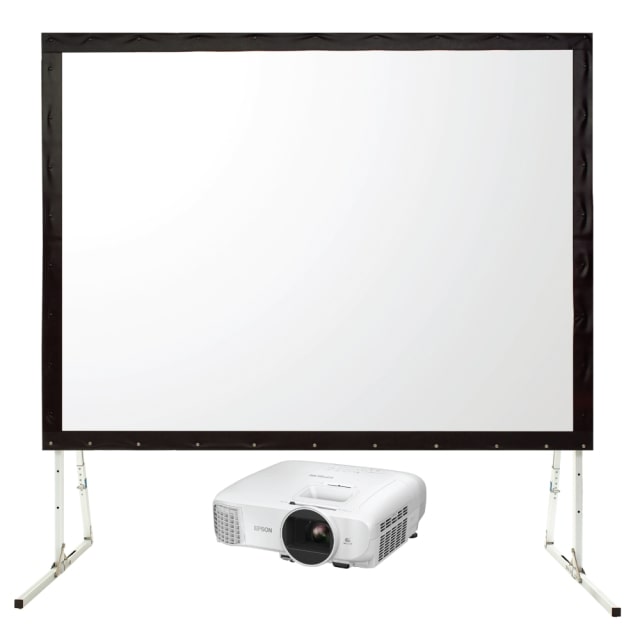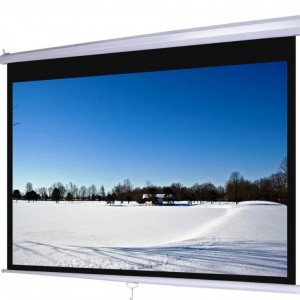We use cookies to make your experience better. To comply with the new e-Privacy directive, we need to ask for your consent to set the cookies. Learn more.
The Impact of Screen Size on Presentation Effectiveness

In the computerized age, introductions are often utilized for correspondence in various fields, including business, tutoring, and amusement. A critical component that fundamentally influences a show's viability is the size of the gadget on which it is conveyed. At the point when it is a screen for a PC, a projector screen, or a handheld gadget, the goal of the presentation is to influence how the crowd sees and draws in with the substance. How about we analyze what screen size means for show viability and how to change it for ideal effect?
Understanding Screen Size and its Relevance
The term "screen size" describes the actual measurements of a device's display area. Measurement is often done diagonally from core to corner. Screen sizes can vary greatly, from small ones on smartphones and tablets to enormous ones on computer monitors, TVs, or projection screens used in conference rooms.
Screen Size's Effect on Audience Engagement
1. Visibility and Readability
A larger screen provides better visibility, making it easier for the audience to read text and view graphical elements. In contrast, a smaller screen may strain the eyes and hinder comprehension, especially for those sitting farther away or using smaller devices like smartphones.
2. Focus and Attention
A larger screen commands more attention and focus from the audience. By enhancing the impact of visuals, animations, and other elements, the presentation maintains the audience's interest. On the other side, a smaller display may cause the audience to become less focused and the information's impact to be lessened.
3. Information Density
A larger screen allows for the display of more information simultaneously without cluttering the visuals. This can be advantageous when presenting complex data or detailed graphics, enabling a clearer understanding of the content. On the other hand, a smaller screen may necessitate simplification and prioritization of information.
4. Interactivity and Engagement
An immersive experience is provided by a bigger screen, facilitating interactive elements and engagement with the audience. Interactive presentations, such as touch-screen displays, are more effective on larger screens, encouraging audience participation and active involvement.

Tailoring Presentations to Different Screen Sizes
To ensure that a presentation is effective regardless of the screen size, it's essential to tailor the content accordingly:
1. Font and Text Size
Adjust the font and text size to ensure readability on the specific screen size. Larger fonts are necessary for smaller screens, while a variety of font sizes can be used on larger screens to emphasize key points.
2. Visual Elements
Optimize visual elements like images, charts, and graphs to fit the screen appropriately. Avoid overcrowding and ensure that visuals are clear and impactful regardless of the screen size.
3. Slide Layout and Design
Design slides with a clear and straightforward layout that is easily adaptable to different screen sizes. Maintain a balance between content and white space to avoid clutter and enhance comprehension.
4. Testing and Rehearsals
Before the actual presentation, test the content on different devices to ensure its effectiveness on various screen sizes. Conducting rehearsals on the intended presentation screen can help identify any adjustments needed for optimal impact.
Conclusion
Considering screen size is crucial for impactful presentations. At Wwave, we've seen how it affects visibility, attention, and information delivery. Tailoring content to different screens optimizes engagement and ensures an effective presentation, no matter the device.
